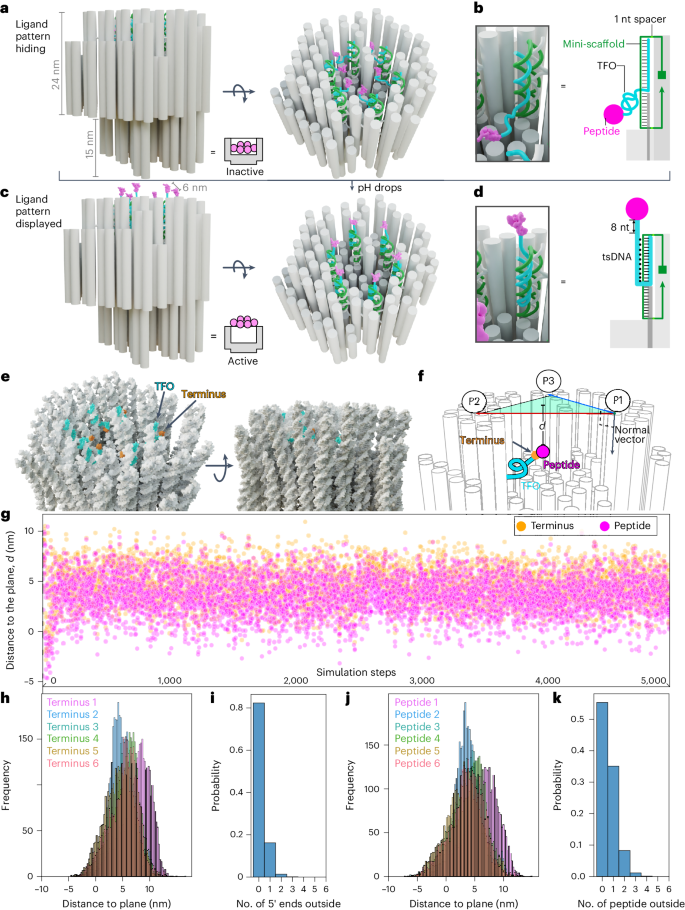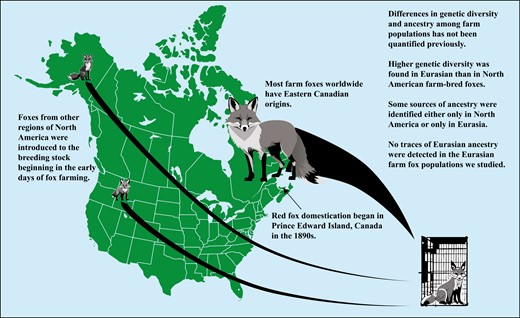2024-07-01 カロリンスカ研究所(KI)
カロリンスカ研究所の研究者たちは、マウスのがん細胞を殺すナノロボットを開発しました。このロボットの武器はナノ構造に隠されており、腫瘍の微小環境でのみ露出し、健康な細胞を保護します。研究成果は『Nature Nanotechnology』に発表されました。
◆教授のビョルン・ホグバーグ率いるチームは、以前に細胞表面の死の受容体を組織化する構造を開発しましたが、これは通常の投与方法では全身の細胞を無差別に殺すリスクがありました。これを解決するため、DNA折り紙技術を用いてナノ構造内に武器を隠し、特定の酸性環境でのみ活性化される「キルスイッチ」を作成しました。
◆マウスの乳がん腫瘍にナノロボットを注射したところ、腫瘍成長が70%減少しました。今後、人間に近いがんモデルでの効果や副作用の調査が必要です。また、特定のがんに対してさらに標的を絞る方法も検討しています。
<関連情報>
- https://news.ki.se/nanorobot-with-hidden-weapon-kills-cancer-cells
- https://www.nature.com/articles/s41565-024-01676-4
細胞毒性リガンド・ナノパターンの自律的表示を制御するDNAロボットスイッチ A DNA robotic switch with regulated autonomous display of cytotoxic ligand nanopatterns
Yang Wang,Igor Baars,Ieva Berzina,Iris Rocamonde-Lago,Boxuan Shen,Yunshi Yang,Marco Lolaico,Janine Waldvogel,Ioanna Smyrlaki,Keying Zhu,Robert A. Harris & Björn Högberg
Nature Nanotechnology Published:01 July 2024
DOI:https://doi.org/10.1038/s41565-024-01676-4

Abstract
The clustering of death receptors (DRs) at the membrane leads to apoptosis. With the goal of treating tumours, multivalent molecular tools that initiate this mechanism have been developed. However, DRs are also ubiquitously expressed in healthy tissue. Here we present a stimuli-responsive robotic switch nanodevice that can autonomously and selectively turn on the display of cytotoxic ligand patterns in tumour microenvironments. We demonstrate a switchable DNA origami that normally hides six ligands but displays them as a hexagonal pattern 10 nm in diameter once under higher acidity. This can effectively cluster DRs and trigger apoptosis of human breast cancer cells at pH 6.5 while remaining inert at pH 7.4. When administered to mice bearing human breast cancer xenografts, this nanodevice decreased tumour growth by up to 70%. The data demonstrate the feasibility and opportunities for developing ligand pattern switches as a path for targeted treatment.


